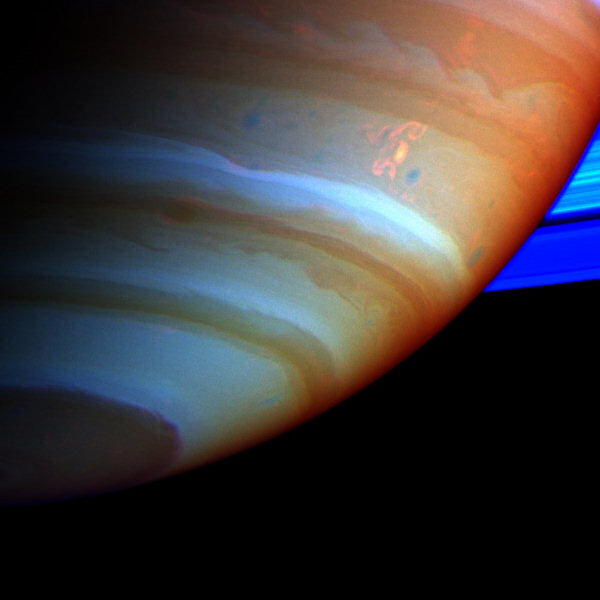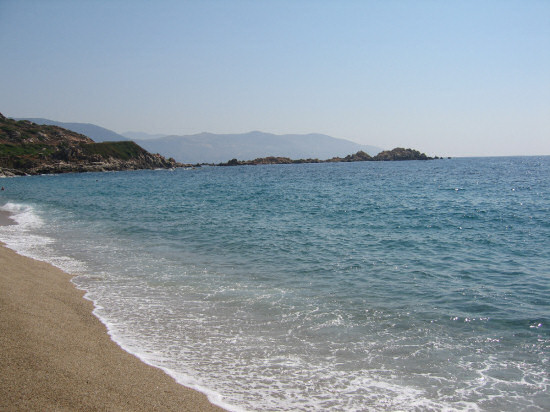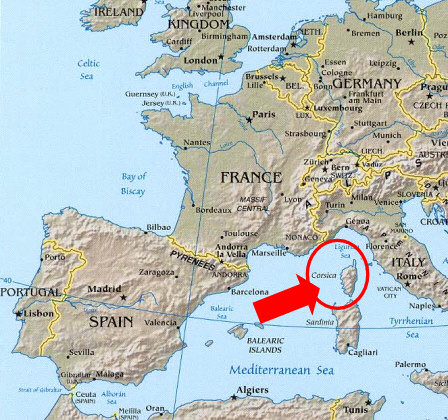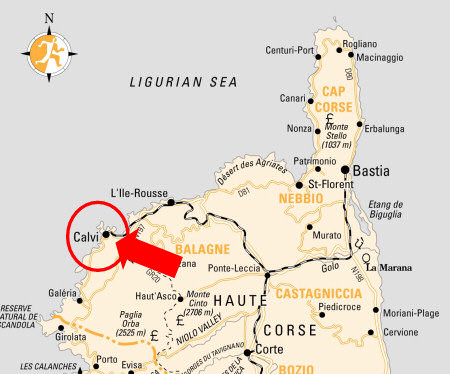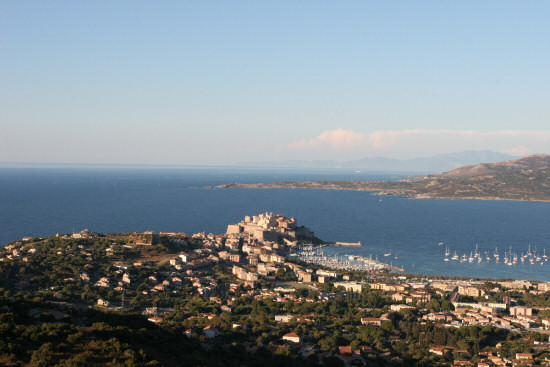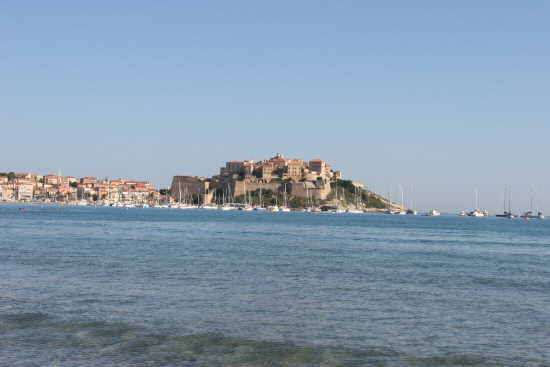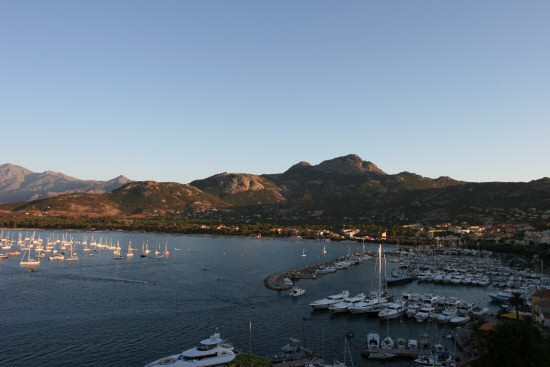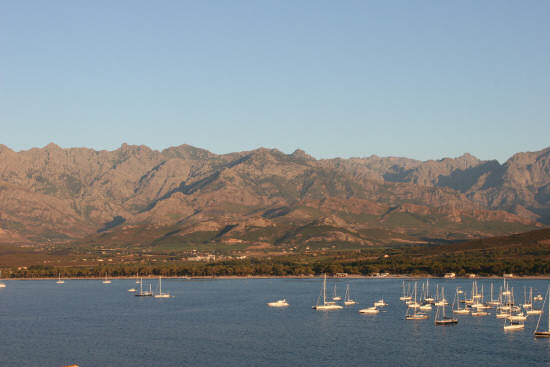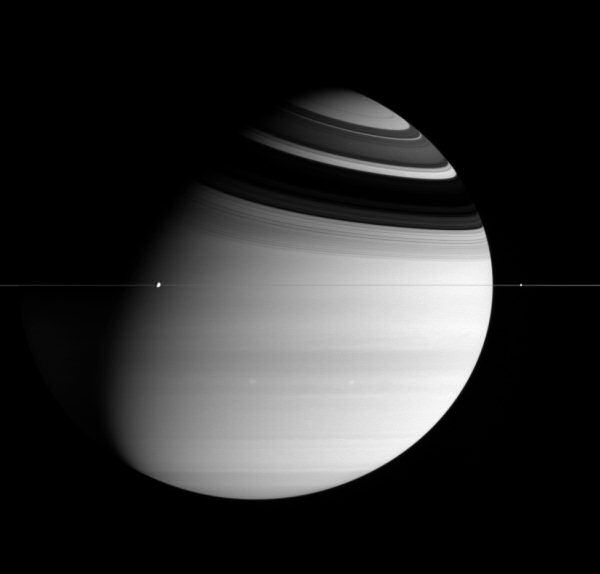[via vowe]
Volker refers to a complete pointless, i.e. a must-have, on-line free service called gVisit.com (have a look in the comments).
How it works…
- Register your website using the form below. It is free and we don’t collect any personal information – not even an email address.
- Copy and paste a single line of JavaScript to your website. It is easy and doesn’t change the way your website works or looks.
- You will be given your own URL that lets you track the visitors to your website using Google Maps.
The service is free, but limited to the 20 most recent visitors to your register website/blog, which is still great for a free service.
The “usual” limitation of this kind of service (as the on-line statistics): it doesn’t take into account the atom/rss requests…
You can access to the didierbeck.com’s visitor log here. Also accessible as an RSS feed.
An example below:
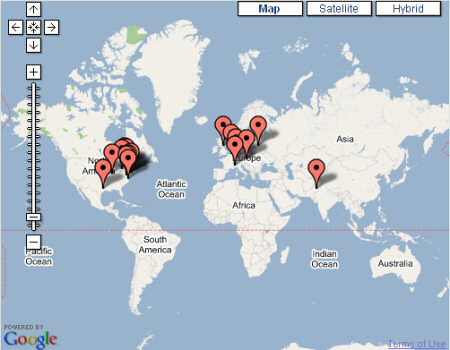

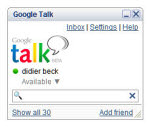 Incredible buzz everywhere about
Incredible buzz everywhere about 
